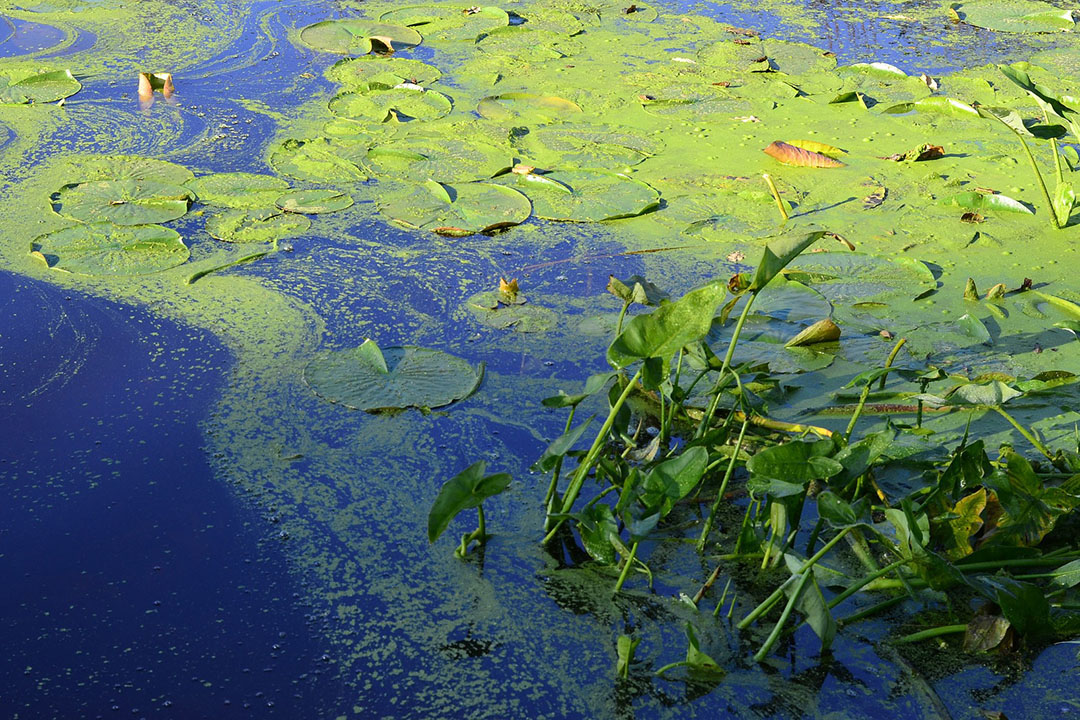Choline enhances the efficacy of microalgae in layer diets

The beneficial effects of algae in poultry have been studied widely, especially in broilers. Recent research suggests choline chloride supplementation in hen diets enhances the efficacy of microalgae.
Choline is a water-soluble colourless compound with vitamin-like properties its not a metabolic catalyst but forms an essential structural component of body tissues (McDonald et al., 2011). Choline is ubiquitously distributed in all plant and animal cells, mostly in the form of the phospholipids, phosphatidylcholine (lecithin), lysophosphatidylcholine, choline plasmalogens and sphingomyelin – essential components of all membranes (Zeisel, 1990).
There is variation in choline content of feedstuffs, most of the standard choline chloride contents of feed ingredients are given in NRC (1993) tables. For example, Emmert and Baker (1997) estimated the bioavailability of choline naturally present in soybean, rapeseed and peanut meals, to be 83%, 24% and 76%, respectively. Due to differences in choline content, typical corn-based diets require more choline supplementation, compared to, for example, wheat-based diets.
Also read: The value of peels in poultry diets
Choline is an essential nutrient in laying hen diets and is a reaction substrate in the biosynthesis of phosphatidylcholine in the liver (Ridgway and Vance. 1992). Choline supplementation in layer hen diets has been reported to increase choline, and phosphatidylcholine content in egg yolk (Tsiagbe et al., 1988). In addition, choline (0.1%) supplementation enhances egg yolk enrichment with n-3 PUFA and DHA when laying hen diets are supplemented with 2% microalgae (Wang et al., 2017).
Benefits of algae in layer diets
Microalgae are unicellular microscopic algae rich in n-3 fatty acids (FA). They are the original natural source of n-3 FA in the diets of fish. Halle et al. (2009) reported that layers fed a diet supplemented with dietary algae had increased egg hatchability, yolk colour and shell weight without affecting egg performance and nitrogen balance, at the age of 22-54 weeks. A beneficial effect on laying performance, egg quality, and caecal lactic bacteria population was observed by Zheng et al., (2012), when 0.1% or 0.2% fermented algae biomass was supplemented to layers of 80-86 weeks old. 1% conventional or lutein-fortified algae improved egg production, yolk colour and lutein content in the serum, liver and growing oocytes of 70-72 weeks old layers (An et al., 2014). Chlorella increased yolk carotenoids, lutein, β-carotene and zeaxanthin content, and yolk colour score when supplemented to hens of 56-63 weeks (Kotrbacek et al., 2013).
Also read: Producing enzymes from micro-algae
Complementary effects
The study of Yonke and Cherian (2019) aimed at investigating the effect of choline dosage on egg production performance, egg quality, and oxidative status of laying hens fed diets containing n-3 PUFA-rich microalgae. In the trial, a total of 56 White Leghorn hens, were used at the age of 24 weeks. The experimental diets were corn and soybean meal-based, with 0% microalgae (control), 1% microalgae + 0% choline chloride (Alg), and Alg + choline chloride at 0.1% (Ch0.1) and 0.2% (Ch0.2).

Combined choline (0.1%) and algae (1%) increased hen day egg production and Haugh unit, and improved feed conversion ratio compared to the algae (1%) diet. In egg yolk, the combination diet reduced lipid peroxidation, measured by a significant reduction in thiobarbituric acid reactive substances (TBARS). Compared to the algae (1%) diet, the combination diet had higher γ-tocopherol concentration in egg yolk. In the liver, the combined diet improved hepatic oxidative status by significantly decreasing TBARS and increasing both α- and γ-tocopherols compared to the algae diet. The egg production performance and egg quality characteristics are shown in Table 1.
In the study of Wang
et al.,
(2017), 360 28-week-old Hy-line W-36 laying hens were randomly allocated to 5 dietary treatments:
- Control = 2% Schizochytrium (microalgae) powder diet;
- CHO = control supplemented with 1000 mg/kg choline;
- MEA = control supplemented with 1000 mg/kg monoethanolamine;
- LPC = control supplemented with 1000 mg/kg lysophosphatidylcholine;
- LPC + MEA = control supplemented with 500 mg/kg LPC + 500 mg/kg MEA.
In conclusion, feeding laying hens for 28d with 1000 mg/kg choline (CHO) in addition to dietary supplementation with a 2% microalgae diet resulted in enhanced DHA levels in egg yolks. The CHO diet resulted in higher n-3 PUFA and DHA levels and a lower n-6/n-3 ratio in the egg yolks compared to the microalgae diet.
Concluding remarks
- Supplemental choline chloride in hen diets containing microalgae improves production performance, egg quality and protect the liver from oxidative stress.
- Choline is effective in enhancing microalgae DHA enrichment in egg yolks.
- Choline supplementation enhances antioxidant status in hens by increasing the production of tocopherols.
References available on request.







